22 Best Needle Threading Tricks You Need to Know: 2024
Are you tired of squinting your eyes, struggling to thread that tiny needle every time you embark on a sewing project?
Look no further! In this blog post, we have gathered the ultimate needle threading tricks that will revolutionize your stitching experience.
From novice sewers to seasoned crafters, everyone can benefit from these simple yet ingenious techniques.
Say goodbye to frustration and wasted time, and say hello to effortless needle threading!
Whether you’re working on delicate embroidery or repairing a ripped seam, these invaluable tips will make the process a breeze.
So, grab your needle, thread, and let’s dive into the world of needle threading mastery. Get ready to save time, eliminate frustration, and create beautiful stitches with our “Needle Threading Tricks”!
Needle Threading Tricks
Here are some best needle threading tricks to thread a needle in 3-5 minutes.
Trick 1: Use the Old Method
The traditional method of needle threading involves moistening the tip of the thread and gently pressing it against the needle’s eye. This can help the thread slide through more easily.
Trick 2: Select the Right Needle Size
Choosing the appropriate needle size for your thread can make threading easier. If the needle eye is too small for the thread, it will be difficult to pass it through. Similarly, if the needle eye is too large, the thread may slip out easily.
Trick 3: Use Self-Threading Needles
Self-threading needles have a small opening on the side of the needle’s eye. You can simply insert the thread into this opening and slide it through to thread the needle.
Trick 4: Using a White Background
Place a white piece of paper or fabric behind the needle when threading. The contrast between the thread and the white background can make it easier to see the needle’s eye, allowing you to guide the thread through more accurately.
Trick 5: Rub Your Hand with Needle
Rubbing the needle against your hand or fingers can create some friction and slightly roughen the tip of the needle. This can help the thread catch on the roughened surface, making it easier to thread.
Trick 6 (Using Sewing Tools): Tweezers
If you’re struggling to hold the thread steady, you can use a pair of tweezers to grip the end of the thread. This can provide better control and precision when guiding it through the needle’s eye.
Trick 7: Built-in Needle Threaders
Some sewing machines or hand-sewing tools come with built-in needle threaders. These devices have a mechanism that helps guide the thread through the needle’s eye with ease. Follow the instructions provided with your sewing tool to use the needle threader correctly.
Related Post: How to Use a Needle Threader
Trick 8: Wire-loop Needle Threader and Desktop Hand Needle Threader
Wire-loop needle threaders are small devices with a thin wire loop. You can insert the thread into the loop and then pass the loop through the needle’s eye. Desktop hand needle threaders work similarly, but they are larger and easier to handle.
Trick 9: Using a Piece of Paper
Cut a small piece of paper, fold it in half, and then unfold it. Place the thread on the crease and hold the paper near the needle’s eye. Slide the paper with the thread towards the needle’s eye, and the thread should pass through the eye as the paper is removed.
Trick 10: Water Droplets
Moisten the tip of the thread with a small amount of water. The water droplets can help the fibers stick together, making it easier to guide the thread through the needle’s eye.
Trick 11: Loop Method
Fold the end of the thread over and create a small loop. Hold the loop with your thumb and forefinger. Insert the loop into the eye of the needle, pushing it through until the folded end emerges from the other side. Pull the loop completely through, and you will have threaded the needle.
Trick 12: Magnifying Needle Threader
A magnifying needle threader combines a needle threader tool with a magnifying glass. It can be helpful for those who have difficulty seeing the eye of the needle or the thread.
Trick 13: Side Threading Needles
Some needles have a small slit on the side instead of a traditional eye. With this type of needle, you can insert the thread into the slit and pull it through, eliminating the need for threading through a tiny eye.
Trick 14: Lighted Needle Threader
Similar to a needle threader, a lighted needle threader comes with a built-in LED light to provide better visibility when threading the needle.
Trick 15: Taping Method
Cut a small piece of clear tape, approximately 1-2 inches long. Fold one end of the thread over to create a small tail. Place the folded end of the thread against the sticky side of the tape. Press the tape against the eye of the needle, adhering the thread to it. Gently pull the tape away, leaving the thread threaded through the eye of the needle.
Trick 16: Threader Tool with Hook
Some needle threader tools come with a small hook at one end. Insert the hook through the eye of the needle, creating a loop on the other side. Pass the thread through the loop and then pull the hook back out, drawing the thread through the eye.
Trick 17: Double Thread Method
Cut a length of thread and fold it in half, so that the ends meet. Hold the folded end and insert it through the eye of the needle, creating a loop. Pass the ends of the thread through the loop, and then pull them tightly to secure the thread in the eye.
Trick 18: Wetting the Thread
Moistening the end of the thread slightly can make it stiffer and easier to insert into the needle’s eye.
Trick 19: Using a Threading Device
There are various threading devices available on the market that can assist in threading a needle. These devices often have a mechanism that holds the thread and guides it through the eye of the needle.
Trick 20: Contrast Method
If you’re having difficulty seeing the eye of the needle or the thread, try using contrasting colors. For example, if you have a dark-colored thread, place a light-colored background behind the eye of the needle to make it more visible. Similarly, if you have a light-colored thread, use a dark-colored background.
Trick 21: Fine-Tip Tweezers
If you have a pair of fine-tip tweezers, you can use them to hold the end of the thread and guide it through the eye of the needle. The tweezers provide better control and precision.
Trick 22: Lick and Twist Method
Moisten the end of the thread slightly with your saliva. Roll the moistened tip between your fingers to twist it slightly, making it easier to insert into the needle’s eye.
What are Some general Tips for Needle Threading?
Here are some general tips for needle threading:
- Use good lighting: Make sure you have adequate lighting to see the needle and thread clearly.
- Cut the thread at an angle: Cutting the thread at a slight angle can help you thread it through the needle’s eye more easily.
- Wet the thread: Dampening the thread slightly can make it stiffer and easier to guide through the needle’s eye.
- Steady your hand: Rest your hand on a solid surface or use a needle threader to stabilize your hand while threading the needle.
Are there any Tricks for Threading Needles with Small Eyes?
Yes, here are a few tricks for threading needles with small eyes:
- Flatten the thread: Gently press the thread between your thumb and index finger to flatten it. This can help it pass through the eye more easily.
- Use magnification: Utilize a magnifying glass or a magnifying lamp to enlarge the needle’s eye, making it easier to thread.
- Try a needle threader: Needle threaders are especially helpful for needles with small eyes, as they can guide the thread through the eye more accurately.
Are there any Threading Tricks for People with Poor Eyesight?
Yes, if you have poor eyesight, here are some threading tricks that can help:
- Use a magnifying glass: Hold a magnifying glass close to the needle’s eye to enlarge it, making it easier to see.
- Opt for larger needles: Choose needles with larger eyes, as they provide more room for threading and are easier to see.
- Use a contrasting thread color: Use a thread color that contrasts with the needle to make it more visible against the background.
Conclusion: Needle Threading Tricks
In conclusion, mastering the art of needle threading is essential for any sewing enthusiast. These needle threading tricks can be the game-changer you’ve been searching for.
From using a needle threader tool to dampening the thread for easy maneuverability, these techniques will save you time, and frustration, and even prevent eye strain.
By incorporating these needle threading tricks into your sewing routine, you’ll be able to effortlessly thread needles like a pro.
So, say goodbye to the endless struggle of threading needles and embrace the convenience and efficiency that these tricks offer. Remember, with the right knowledge and tools, needle threading becomes a breeze.
Try out these needle threading tricks today and experience a seamless sewing journey like never before.
Get ready to conquer your sewing projects with confidence using Needle Threading Tricks!
FAQs: Needle Threading Tricks
What are needle threading tricks?
Needle threading tricks refer to various techniques and tips that can make the process of threading a needle easier and more efficient.
Why is needle threading challenging?
Threading a needle can be challenging due to the small eye of the needle and the thinness of the thread. It requires precision and good eyesight, which can be difficult for some people.
Are there any alternative methods for needle threading?
Yes, there are alternative methods for needle threading. Some people find it easier to use self-threading needles, which have a built-in mechanism that automatically threads the needle. Another option is using a needle threader tool, as mentioned earlier.
Can I use any thread for needle threading?
While you can technically use any thread for needle threading, it’s generally recommended to use threads specifically designed for sewing or crafting. These threads are typically smoother, less prone to fraying, and easier to work with when threading a needle.
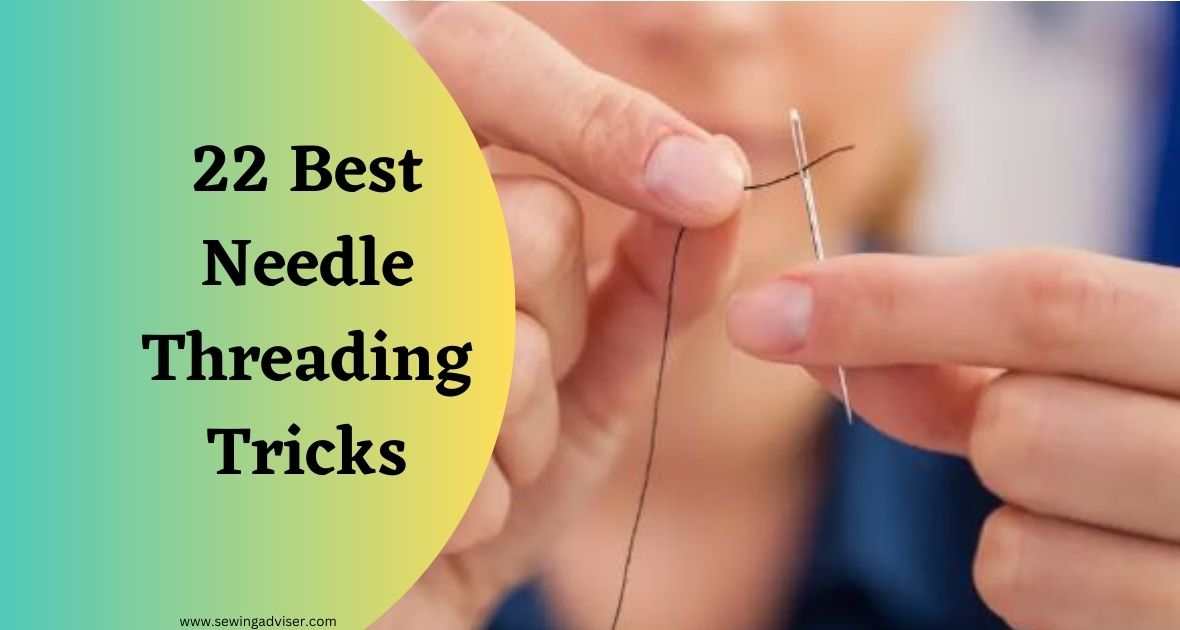
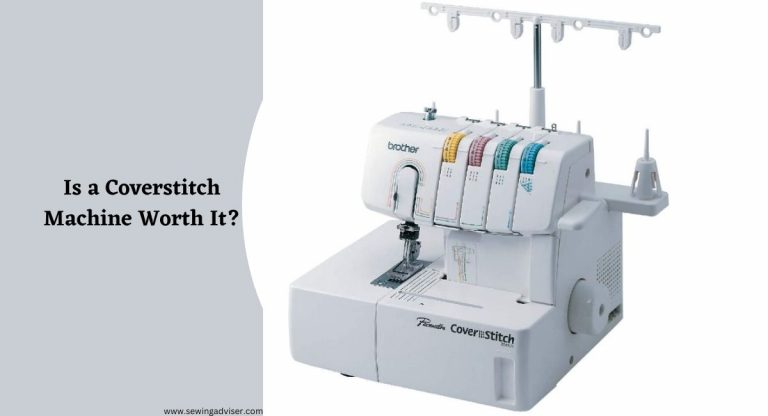
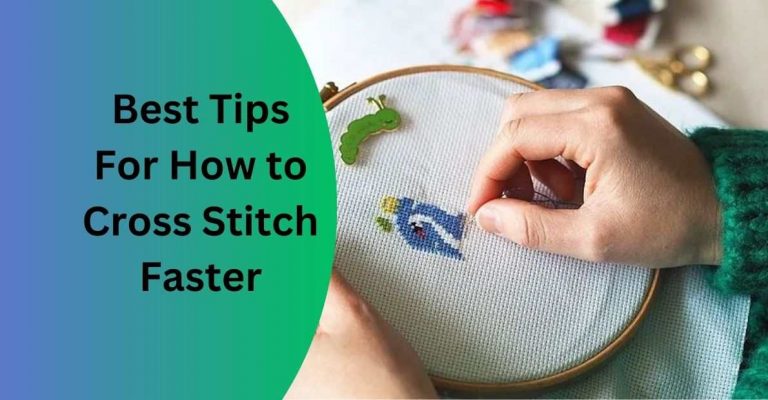
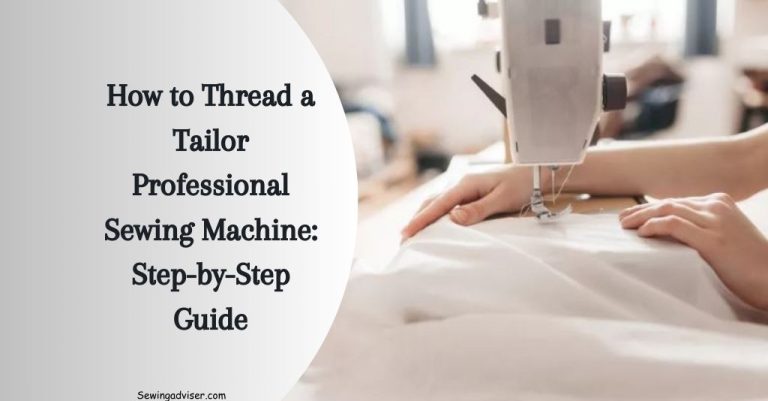
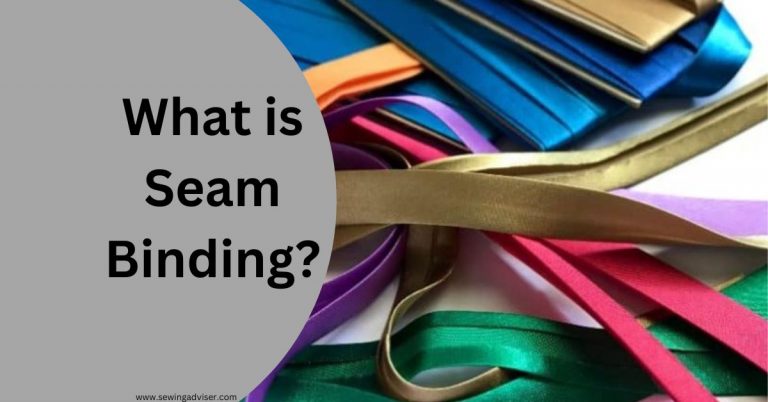
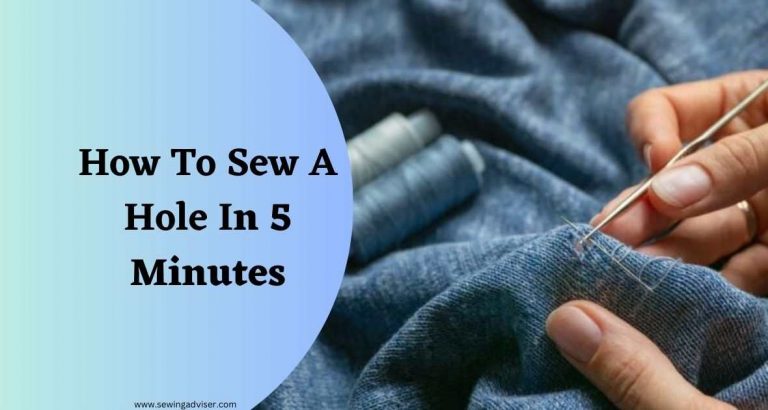
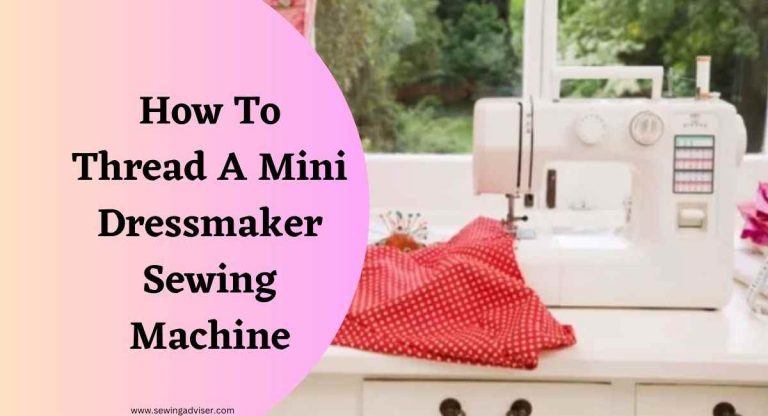
39 Comments